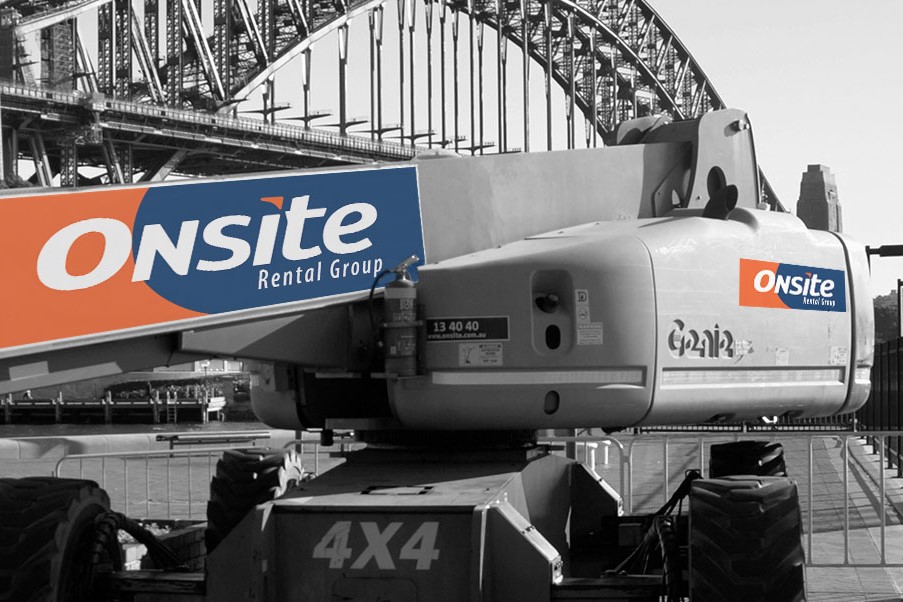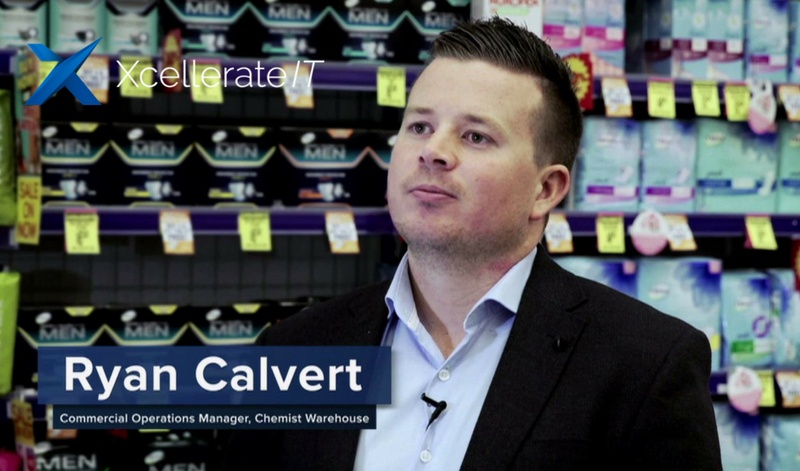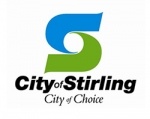
Implementing automation in any part of your business is a bold step toward greater efficiency, cost savings, and scalability. But like any transformation, the journey begins with an adjustment period. The first 90 days are critical, not just for system setup, but for establishing momentum, building confidence and seeing your first wins.
For teams looking to automate areas like Accounts Payable (AP), these early weeks are where foundational decisions will shape long-term impact. Here’s what to expect, and how to make the most of it.
Week 1–2: Discovery & Readiness
Before automation begins, a clear understanding of current processes is essential. In these first two weeks, your team should:
- Map out current workflows (e.g., invoice receipt, approval, payment)
- Identify pain points such as bottlenecks, delays or frequent exceptions
- Align stakeholders on objectives (e.g., faster approvals, fewer errors, better audit trails)
This stage is also where you evaluate your data readiness. Do invoices come in structured formats? Are approvers clearly mapped? Are there manual handovers causing hidden delays?
Tip: Focus on high-volume, high-friction processes first. AP is often a great candidate.
Week 3–5: Implementation Kickoff
At this stage, the automation platform is configured to match your business rules. For AP, this includes:
- OCR setup for invoice capture (header and possibly line-level data)
- Approval hierarchy configuration
- PO matching rules
- Integration with your ERP or accounting platform
Training begins here too. Your users need to understand the new workflows and how their roles may shift.
Common challenge: Aligning automation logic with inconsistent internal processes often highlights areas that need refinement or clarification.
Week 6–8: Pilot & Live Testing
Now the system starts processing live transactions, usually in a controlled environment. A sample of invoices is run through the automation flow. Your team observes:
- Touchless processing rates
- Error or exception handling
- User satisfaction and feedback
At this stage, businesses often start seeing tangible benefits:
- Reduced processing time
- Fewer manual handovers
- Greater visibility into invoice status
Win: Automation delivers rapid impact. Reduced manual handling, quicker approvals, and better oversight often show up in the first few cycles.
Week 9–12: Expansion & Refinement
As confidence grows, the system is rolled out across more business units or locations. You may expand beyond AP into procurement or expense automation.
What to focus on:
- Feedback loops to improve rules, logic and interfaces
- Documentation and standardisation of exceptions
- Reporting and ROI tracking
You should begin seeing:
- Streamlined approval workflows
- Reduced rework and duplicate efforts
- Higher user adoption
What Success Looks Like by Day 90
By the end of the first 90 days, a successful automation implementation should deliver:
- Faster processing and fewer errors
- Improved compliance and auditability
- Enhanced morale as users see the benefits
- Leadership buy-in through clear performance metrics
Final Thoughts: Automation is a Journey
The first 90 days are only the beginning. The most successful businesses treat automation as a journey of continuous optimisation.
With strong foundations, early wins and a feedback-driven approach, your team will be well-positioned to expand automation into other functions and unlock even greater value.
Looking to start strong? Let’s talk about how your team can achieve early wins with automation. Schedule a chat or demo today.
Learn more
Start the conversation
Contact us today to discover how automation can drive efficiency and innovation across your operations. Our experts are ready to guide you through the next steps.
Follow us
























